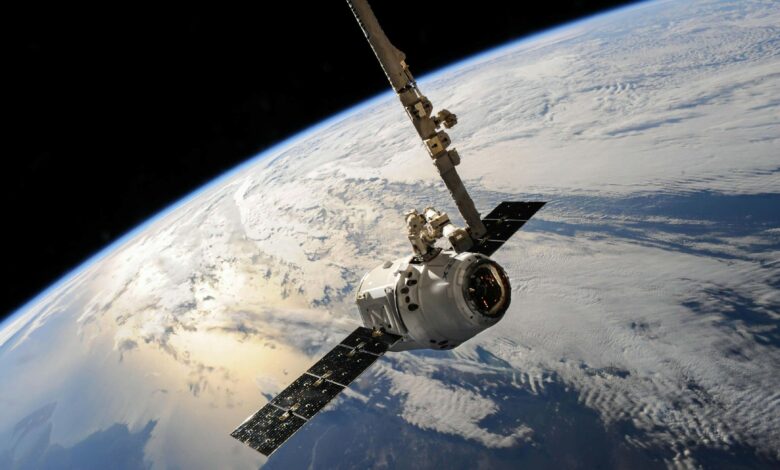
This year, the world crossed a line: global temperatures are now more than 1.5°C above pre-industrial levels. This is more than a number. It’s a warning. From Europe to Asia, from the United States to Australia, extreme weather events are becoming more frequent, more localised, more unpredictable and more severe.
And that is having knock-on effects for insurance. Losses from natural disasters have now topped $135 billion annually, according to Swiss Re. That isn’t an aberration: over the past four years, catastrophe-related losses have stayed above $100 billion every year. This is the new pattern.
With the climate crisis intensifying, this is going to get worse. And the traditional approach, which arose in, and is suited for, a more predictable world, is no longer adequate. This worked according to the principle that risk could be calculated accurately based on past events, and payouts would come after the damage was done. When there were earthquakes and rare ‘peak perils’, this made sense.
The reason this isn’t adequate today is because the threat we face comes from what we once called ‘secondary perils’, such as floods, wildfires, storms. Their impact is smaller, but they strike more often. Their cumulative impact rivals even the greatest conceivable catastrophes. And this is the new normal.
If many insurance models still assume that the modern era will be like the 20th century, it’s because the challenge that insurers face is daunting, and isn’t immediately obvious that adaptation is possible. If past averages can’t predict future losses, and if disasters are no longer rare and isolated, then what can insurers do?
The reality is that change isn’t optional. If we cling to old models, coverage will become unaffordable or – worse – impossible. We must rethink the whole approach; that’s clear. Not to do so would be like packing a raincoat for a hurricane.
This is where AI, powered by geospatial data, steps in. Satellite imagery, combined with machine learning, allows us to move from rough historical assumptions to precise, real-time insights.
High-resolution images of floodplains, wildfire zones, or storm tracks are now available in near real-time. AI can analyse terabytes of raw information, spot hidden vulnerabilities, and predict risks at the level of an individual building or asset.
For example, in wildfire-prone California, AI models using geospatial data can now predict the likely path of a fire days before it happens. Using a range of factors, systems can make accurate projections for wildfire spread and then give businesses early warnings so their owners can, for example, clear vegetation, or temporarily close to protect their staff.
This approach is fairer, as well as faster. Insurers can now offer risk assessments tailored to each location, each client. It’s good for the insured and good for the insurer.
One way to think about this is that insurance is changing from a lifeboat to a lighthouse. We’re not only helping after a disaster strikes, but helping to prevent one beforehand. By doing this, we’re fulfilling the most basic role of insurers – to ensure the resilience of society – in a way that was never before possible. We can now protect lives and livelihoods. And AI is the key.
There will be those who disagree. There will be those who say that the world is becoming uninsurable, that the ‘protection gap’ – the divide between what must be insured and what can be insured – has grown too wide.
I disagree. It’s true that we’re faced with a challenge, but already we’ve shown that by stepping up and equipping ourselves with the best technology available we can rise to the occasion. The climate crisis might be getting worse; but technology is also getting better. With technology, we can build fairer, smarter, more resilient systems.
This is not about using technology for technology’s sake. It certainly isn’t ‘AI washing’. It’s about using the tools we have at our disposal – tools like satellites, machine-learning software, and systems that bring them together – to make the world safer.
But insurers must get a move on. The clock is ticking. Every day, the climate crisis intensifies. If we are to write a future where insurance remains a source of security, not a luxury for the wealthy few, then insurers everywhere must embrace the new normal and the technology that will let them get to grips with it.
We owe it to our clients, communities and ourselves to evolve from repairers after disaster to architects of resilience.





